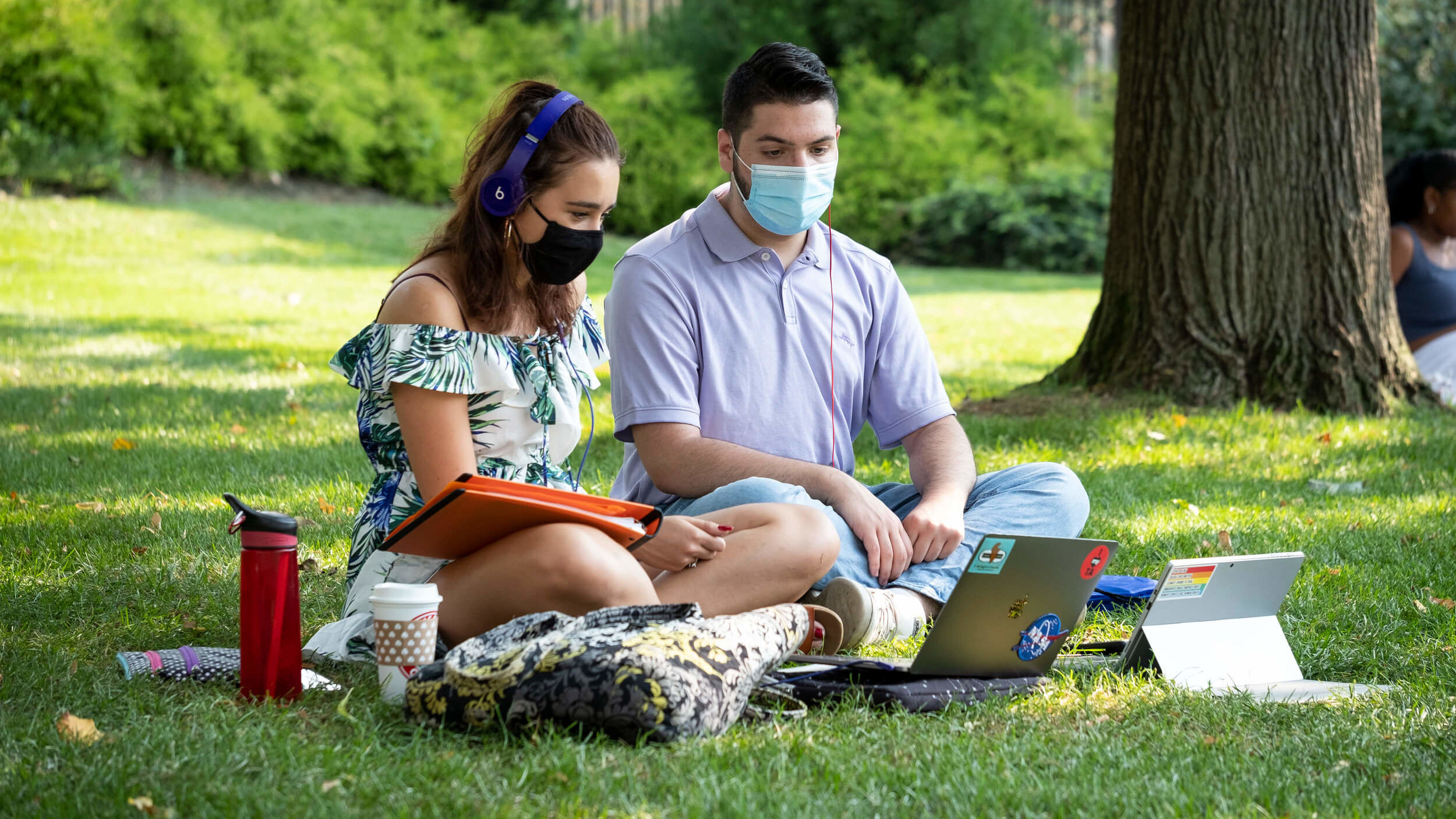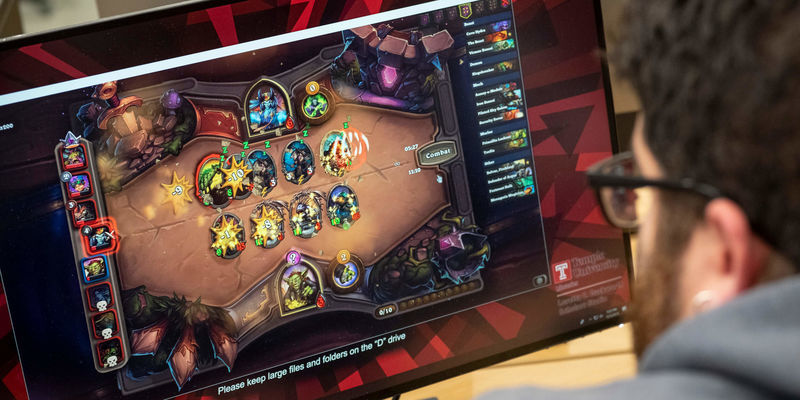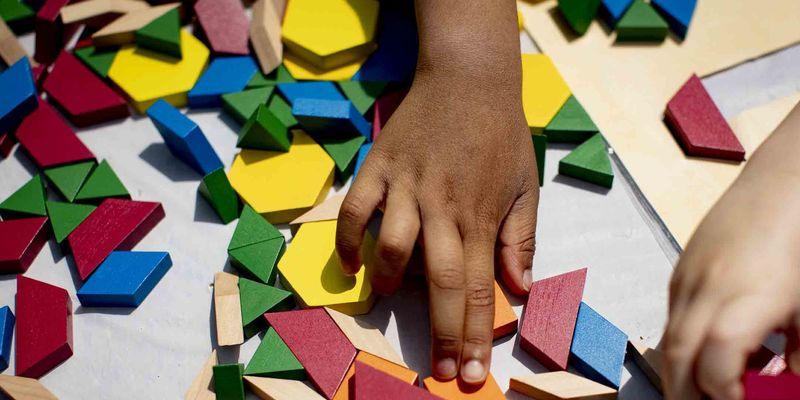The coronavirus pandemic has made communication more important than ever
Tricia Jones, a professor at the Klein College of Media and Communication, discusses how COVID-19 has disrupted the way we communicate.

The coronavirus pandemic has changed the way we communicate. Advised to wear facial coverings and keep our distance from each other, we’ve had to find substitutes for the greetings, gestures and other nonverbal cues we used to take for granted.
When we communicate, “nonverbal is everything but the actual language itself,” said Tricia Jones, a professor at the Klein College of Media and Communication who specializes in nonverbal communication.
Tone of voice, eye contact, facial expressions, body language—all of these are nonverbal signals.
And they’re crucial to how humans communicate because they help us navigate our relationships with others. “It's so rooted in how we understand the other person that if we have a difference between what we're saying and how we're behaving nonverbally, we almost always trust the nonverbal,” Jones said.
Nonverbal communication also encompasses space and touch: how close you get to someone or allow them to get to you. All of this has been disrupted by the pandemic.
“It’s making us try to find substitutes [such as elbow bumps rather than fist bumps], which in some cases are cute and entertaining. But they're also always sending the message that this is artificial,” Jones said. “There's this marking that we really aren't being authentic the way we used to be [when we were] together because we're having to put on this kind of performance.”
Jones feels we need to look at other ways to show attention and interest. We sometimes lean forward to show we’re interested in what someone is saying, for example, but this isn’t considered a primary way of connecting.
“We're starting to pull those kinds of second string behaviors forward and use them because they are also natural to us,” she said. People still lean forward in Zoom calls, even though they’re not talking to someone in the same room. “It's very spontaneous and authentic, which is what nonverbals are supposed to be.”
The pandemic has created a new etiquette; it’s important to let people know why you’re interacting with them in a certain way. “Even if you think they know why you're doing a certain greeting simply to be willing to say that,” Jones said.
If you come across a neighbor while you’re out walking, she said, it might be a good idea to start slowing your pace before you reach the recommended six feet distance, then stop and say hello. “It's just something that marks the fact that we're actually going to stop and talk and greet each other,” Jones said.
We are learning how to use language to stand in for the courtesy we would otherwise show nonverbally—and building a new set of norms along the way.
For young people, these habits could become permanent. “They are going to be internalizing these norms and probably staying with them in a way that older people like myself are not as locked in,” Jones said.
The pandemic is accelerating young people’s shift away from nonverbal communication, which began with their heightened attention to media and technology. Jones cited research by MIT’s Sherry Turkle into the effect devices like cell phones are having on how we communicate.
“We are so oriented toward our devices, especially young people, that we are finding it harder to want to engage the other person rather than the device. Even when we're in literally the same space,” Jones said.
When we predominantly use devices to communicate, we aren’t exposed to nonverbal cues that stimulate what Jones and her colleagues call mirror neurons, which generate empathic responses.
“I believe because of COVID we're all being pushed into an online existence,” she said. “We're getting better at reading the people we live with. But we're getting a lot worse at being able to connect and read people that we still interact with, but via these technologies.”
The solution is getting people back together again, but the challenge is doing this safely. “We need to find creative ways to have people in conversation, but in safe, socially-distanced spaces,” Jones said. “Getting people into the same space where they can be interacting with one another,” she said, “radically increases the ability to have empathy.”
Jones also thinks we should improve technology to bring it closer to the experience of in-person communication. Although she hopes the pandemic will be over soon, she doesn’t think it will be our last. “There are a lot of places we can be going with technology that we aren't going,” she said. “The more we get ahead of things and start thinking about those types of connections, the better.”
—Edirin Oputu


